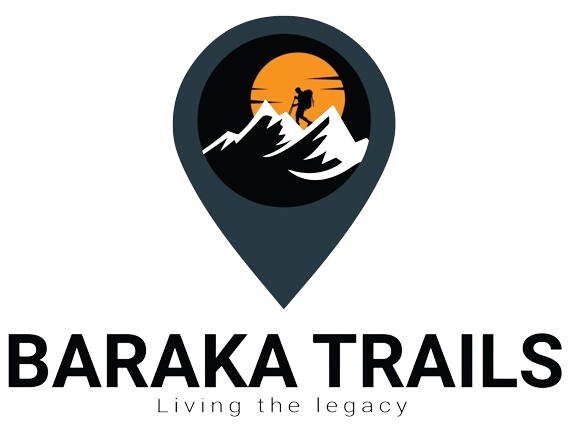KILIMANJARO SAFETY
KILIMANJARO SAFETY
Safety is paramount when climbing Mount Kilimanjaro, as it is a challenging endeavor that involves high altitudes and potential risks. Here are some safety tips to consider when planning your Kilimanjaro climb:
Choose a Reputable Tour Operator: Select a tour operator with experienced guides, a good safety record, and adherence to industry standards. Research reviews and ask for recommendations to ensure you’re in capable hands.
Physical Preparation: Undertake a comprehensive training regimen to build your strength, endurance, and cardiovascular fitness. Focus on exercises like hiking, running, cycling, and strength training to prepare your body for the demands of high-altitude trekking.
Acclimatization: Opt for a route that allows for proper acclimatization with gradual ascent profiles and sufficient rest days. Listen to your body and follow your guide’s advice to mitigate the risk of altitude sickness.
Stay Hydrated: Drink plenty of water throughout the climb to prevent dehydration, which can exacerbate altitude-related issues. Carry a refillable water bottle or hydration system and sip water regularly, even if you don’t feel thirsty.
Watch for Altitude Sickness: Be vigilant for symptoms of altitude sickness, including headache, nausea, dizziness, fatigue, and loss of appetite. Communicate any symptoms to your guide immediately, and don’t hesitate to descend if necessary.
Follow Safety Protocols: Abide by safety protocols established by your tour operator and guide, including group hiking, staying on designated trails, and using appropriate gear and equipment. Familiarize yourself with emergency procedures and evacuation plans.
Dress Appropriately: Wear layers of clothing to regulate your body temperature and protect yourself from the elements. Invest in high-quality, moisture-wicking clothing, waterproof outerwear, sturdy hiking boots, and insulated layers for cold temperatures.
Protect Against Sun Exposure: Apply sunscreen with a high SPF rating and wear sunglasses, a wide-brimmed hat, and UV-protective clothing to shield yourself from the sun’s harmful rays, which can be intensified at high altitudes.
Watch Your Step: Pay attention to your footing and be cautious when navigating rocky terrain, loose gravel, and steep slopes. Use trekking poles for stability and maintain a steady pace to minimize the risk of slips, trips, and falls.
Stay Together: Stick with your guide and fellow climbers at all times, especially during challenging sections of the climb. Keep an eye out for one another, offer support when needed, and foster a sense of teamwork and camaraderie throughout the journey.
Respect Local Customs and Regulations: Familiarize yourself with local customs, traditions, and environmental regulations to minimize your impact on the mountain and its surrounding ecosystems. Leave no trace, pack out all waste, and respect the natural environment and wildlife.
Prioritizing safety and following these guidelines, you can maximize your chances of a successful and enjoyable Kilimanjaro climb while minimizing risks and ensuring a memorable adventure.
